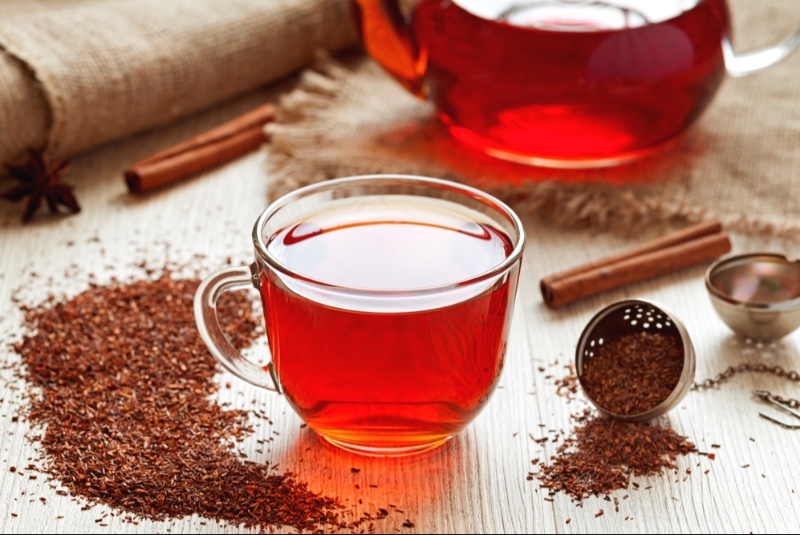Ayurveda is a holistic ancient healing system that was developed in India over 3,000 years ago. In Sanskrit, “ayur” means life and “veda” means knowledge. So Ayurveda is literally the knowledge of life.
Practitioners of this holistic system acknowledge that the human body is composed of five elements: fire, water, air, earth and ether. These elements and their presence in the body determine your dosha. There are three doshas (vata, pitta, kapha) that are at work in your body at all times. Each dosha represents different elements as well.
Depending on your individual body/mind composition, your dosha will be affected either positively or adversely by your lifestyle habits and food consumption. In addition, the way you process stress can largely be attributed to your dosha as well. Within Ayurveda, there are individualized practices and habits that best benefit each dosha type. So what works for one person may not work for another, based on their individual composition and elements within their body.
The ‘vata’ dosha is composed of ether and air. Vata usually describes people who appear thinner, have prominent joints and have drier skin and hair. These individuals have a tendency to worry and may suffer from anxious behaviors. They also tend to be lighter sleepers. Vatas are usually highly energetic and enjoy change. Vatas also generally prefer warmer environments as they tend to be cold frequently.

The ‘pitta’ dosha is composed of fire and water. Pittas are often very competitive, athletic people and have a tendency to put on muscle easily. Their skin tone is generally warm, but may be prone to redness or irritation. Pittas also tend to have thinner hair and may go gray prematurely. Pittas are more fiery in attitude and can suffer from hot tempers. People who are dominantly pitta often have red hair and/or freckles as well. Pittas typically prefer cooler environments as they run hot.
The ‘kapha’ dosha is composed of water and earth. Kapha often describes heavier people, and kaphas actually tend to have a high bone density. Kaphas typically have thick hair and warm, smooth skin. They are easy going and supportive friends. They tend to seclude themselves when under stress and are more resistant to change. Kaphas generally have a very high pain tolerance as well.
Within the doshas, there are also two states of being. Your ‘prakriti’ is your given nature, what you were born with. This is the dosha that tends to be the highest in your body and is something you cannot change. Your ‘vikriti’ is your current nature. This will change several times throughout your life.
Ideally, you should be evenly balanced in all three doshas at all times. However, as mentioned previously, your prakriti, food consumption and lifestyle habits all affect your dosha and the element ratios in your body. Different ailments and health conditions can arise depending on which dosha is out of balance.
These are just a few of the basic principles of Ayurveda and Ayurvedic health. If you want to learn more, consider seeking out a local holisitc and/or ayurvedic health professional or continue to research on your own. Lots of local yoga studios and wellness centers also often offer workshops and classes dealing with Ayurvedic principles as well.




